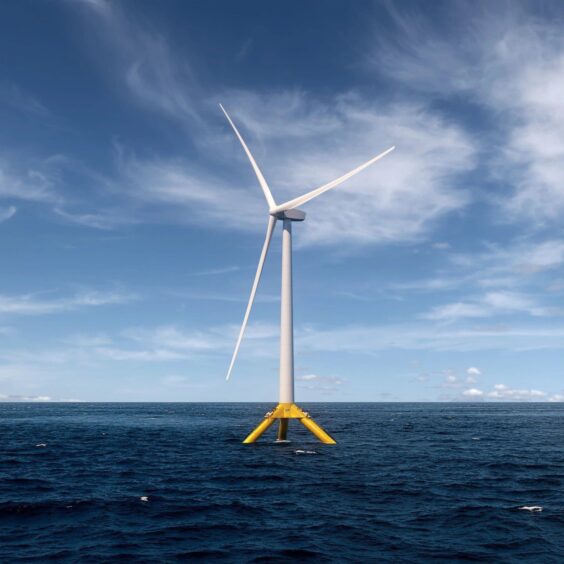
An industrial collaboration project in Wales, led by Marine Power Systems (MPS), has been awarded nearly £1 million of innovation funding for a venture that aims to use low-carbon steel to build platforms for floating offshore wind structures.
MPS is collaborating with Tata Steel UK, Swansea University, Associated British Ports (ABP) and Ledwood Engineering on the project, which is being funded under Innovate UK’s Launchpad programme.
The funding will go towards further developing MPS’ PelaFlex floating offshore wind platform for use in the Celtic Sea.
Specifically, the partners said in a June 17 announcement that they would optimise PelaFlex’s structural efficiency, paying particular attention to the “challenging environment” in the Celtic Sea while aiming to minimise the cost of both materials and deployment.
Low-carbon steel for the project would be sourced from Tata’s Port Talbot facility, which has been in the news over recent months owing to its plans to shut down its two blast furnaces and install new electric arc furnaces (EAFs).
These will be used to produce steel from scrap metal, instead of the virgin steel produced currently, resulting in lower carbon dioxide (CO2) emissions.
This transition to EAFs would also require significantly fewer workers, which has led to pushback from unions.
And with a general election looming in the UK, senior officials from the Labour Party, which is expected to win based on current polling, have been urging Tata to delay its plans until after the July 4 election so that new talks can be held over the plant’s fate.
Tata, however, has said that it intends to push ahead with transitioning its facility to lower-carbon operations, and using this low-carbon steel for offshore wind platforms would further decarbonise local supply chains.
Floating offshore wind
“We are confident that through this project we will be able to optimise our platform design to increase the amount of local, low-CO2 steel used for each platform from around 10% to over 50% – that could be as much as 50,000 tonnes of steel each year, based on ongoing supply into Celtic Sea floating wind projects,” stated MPS’ chief technology officer, Graham Foster.
Tata Steel UK’s CEO, Rajesh Nair, added for his part that his company wanted its future low-CO2 steels to be at the centre of a “green industrial hub” in South Wales.
According to the announcement, Swansea University will provide design input by applying the latest developments in structural design modelling, while Ledwood will provide feedback aimed at helping to maximise the role of local suppliers in fabrication.
Input from ABP and the Port of Milford Haven, meanwhile, will be aimed at ensuring that the platforms can be assembled and deployed from those locations whilst minimising the required investment.
For ABP, this collaboration forms part of a plan to invest more than £500m to develop new and repurposed infrastructure in Port Talbot to enable the port to host manufacturing, installation and supply chain activity for the floating offshore wind industry.
Celtic Sea
This comes as the UK government has also been working to advance floating wind in the Celtic Sea, with a commitment to delivering 5 GW of floating offshore wind by 2050.
Earlier this year, the Crown Estate launched Celtic Sea Floating Offshore Wind Leasing Round 5, for the award of up to 4.5 GW of generation capacity in the region.
The Crown Estate said in early June that it expected to inform bidders of the outcome of the pre-qualification stage of the process in early July, with the start of invitation to tender (ITT) process to follow in August.
Recommended for you
